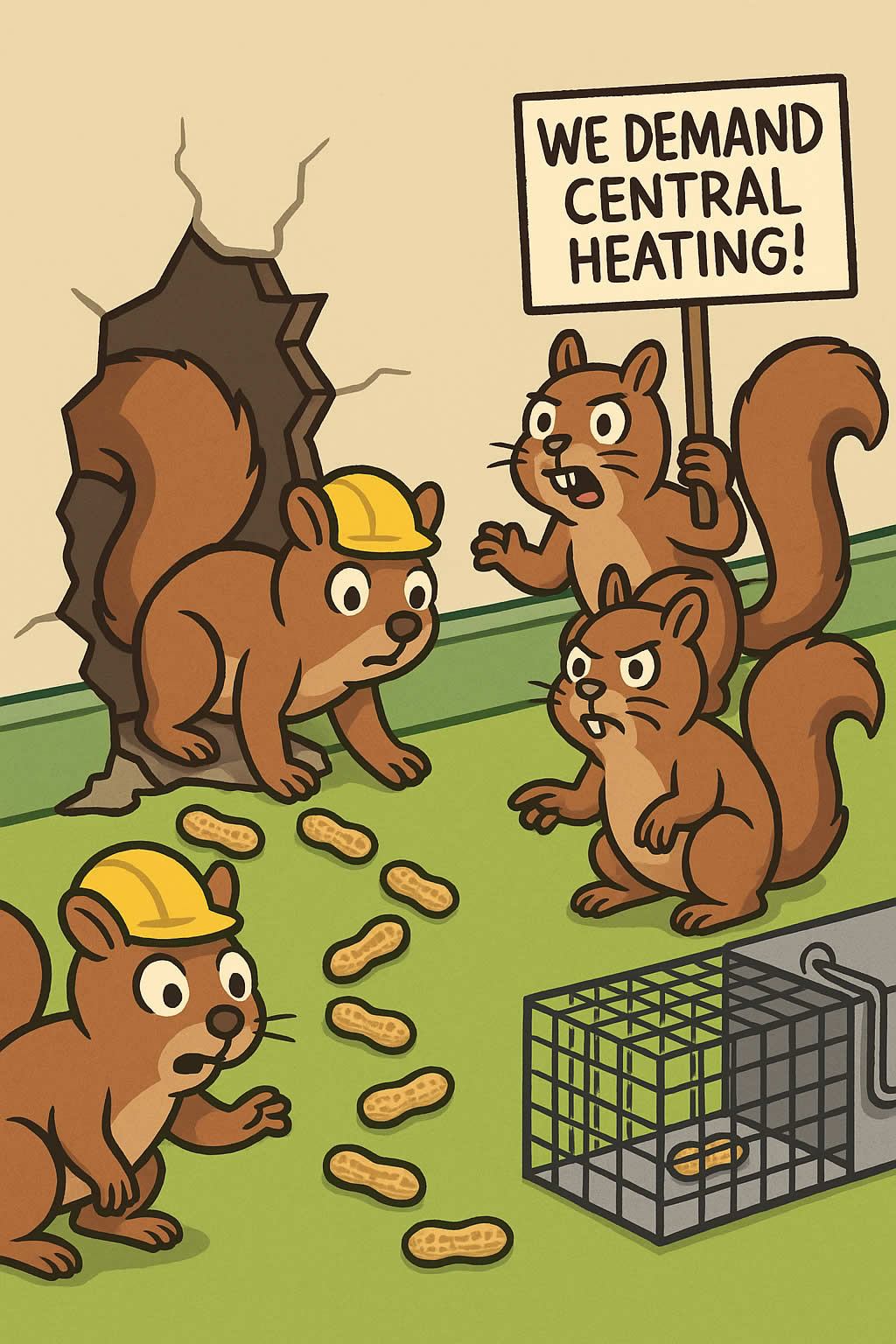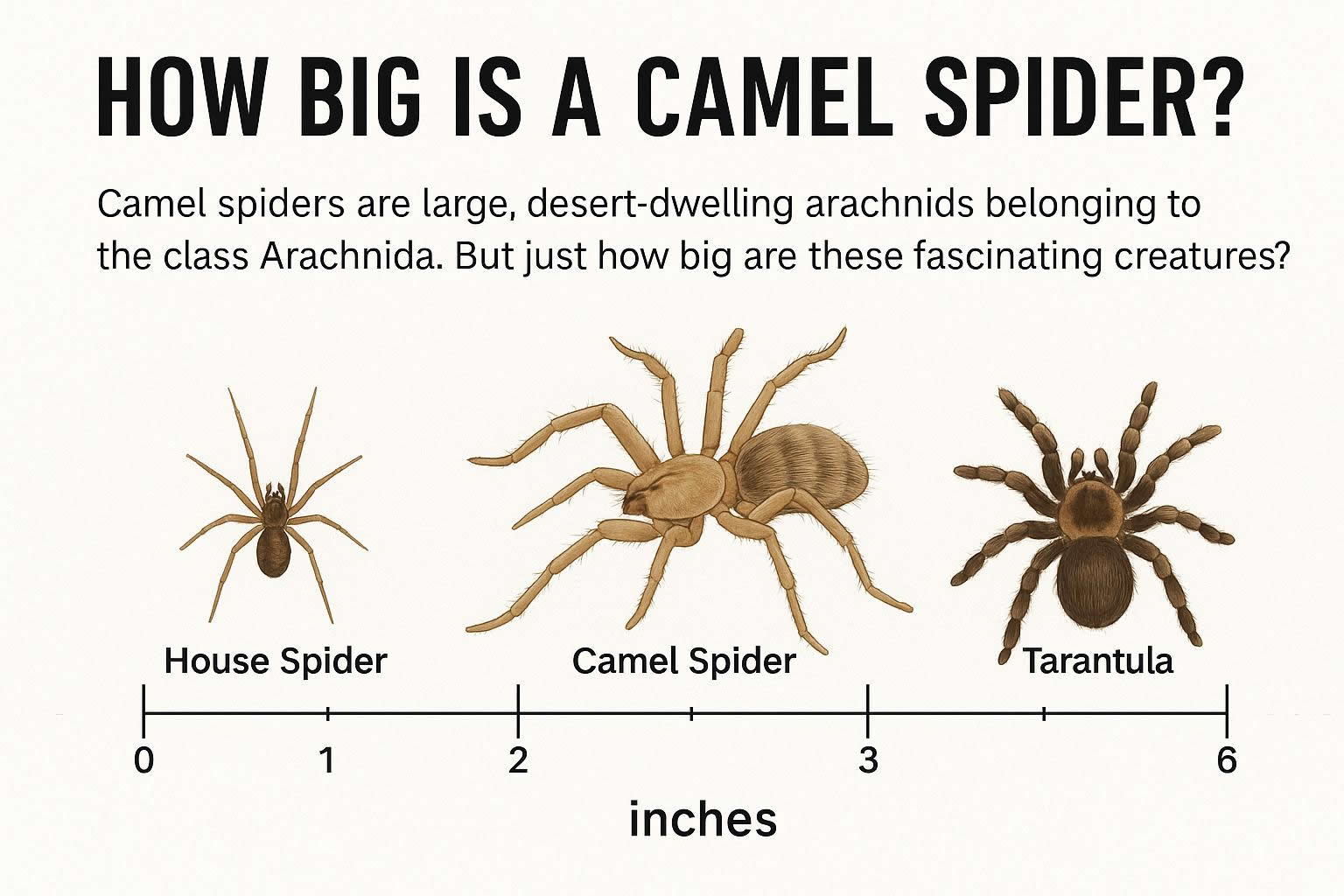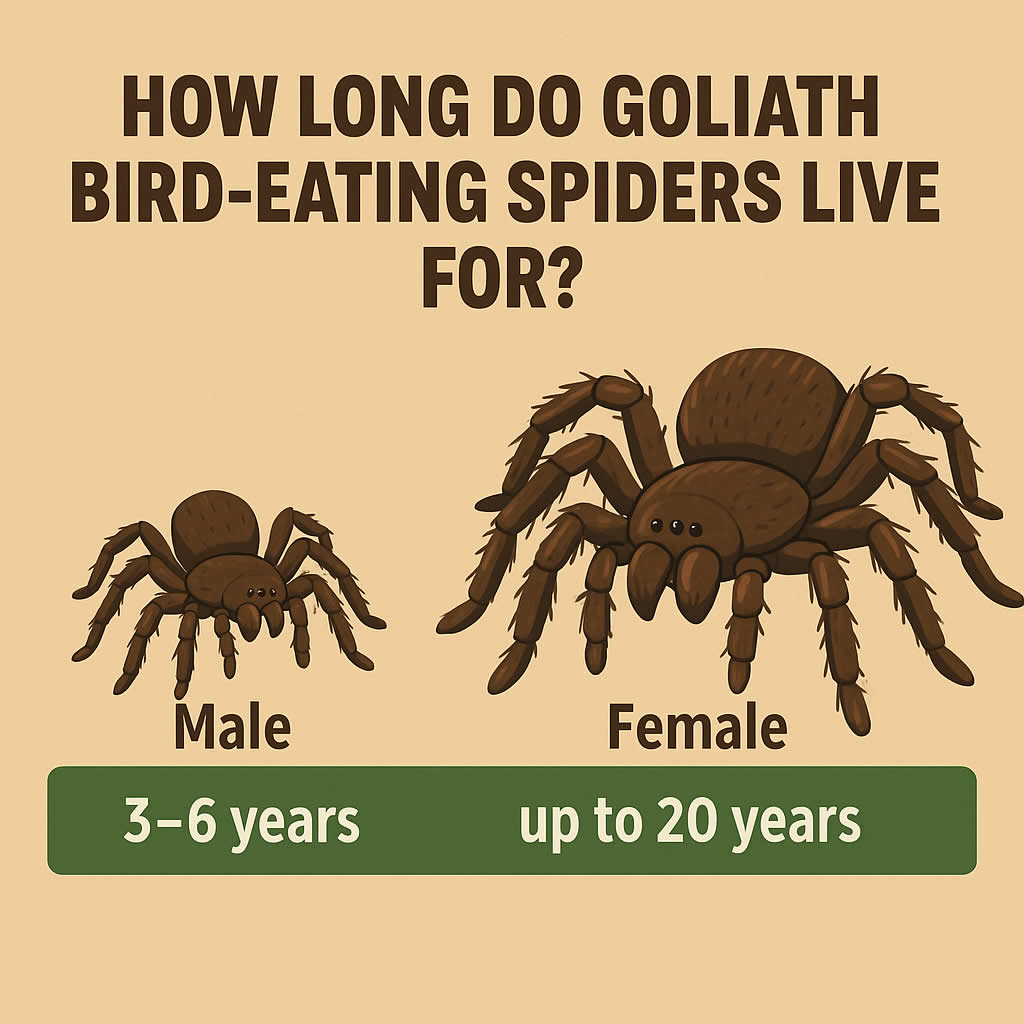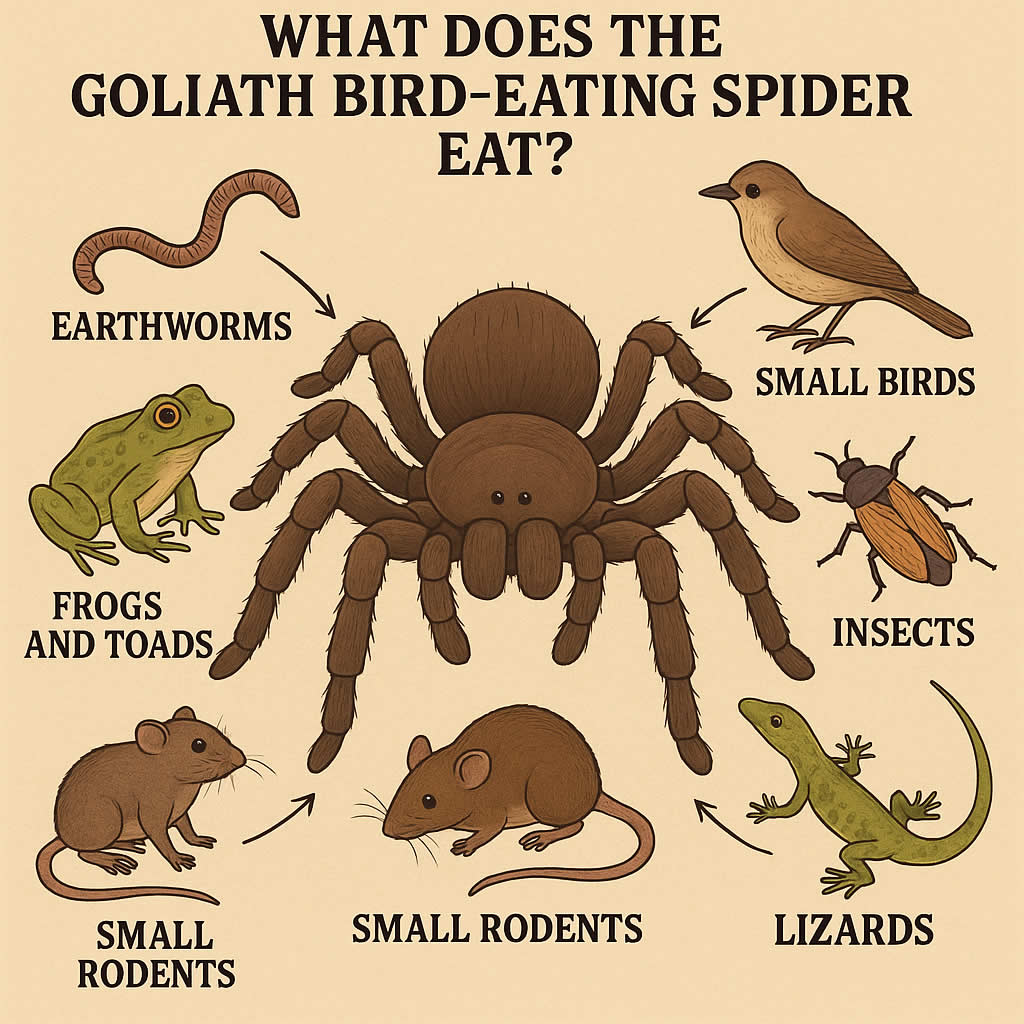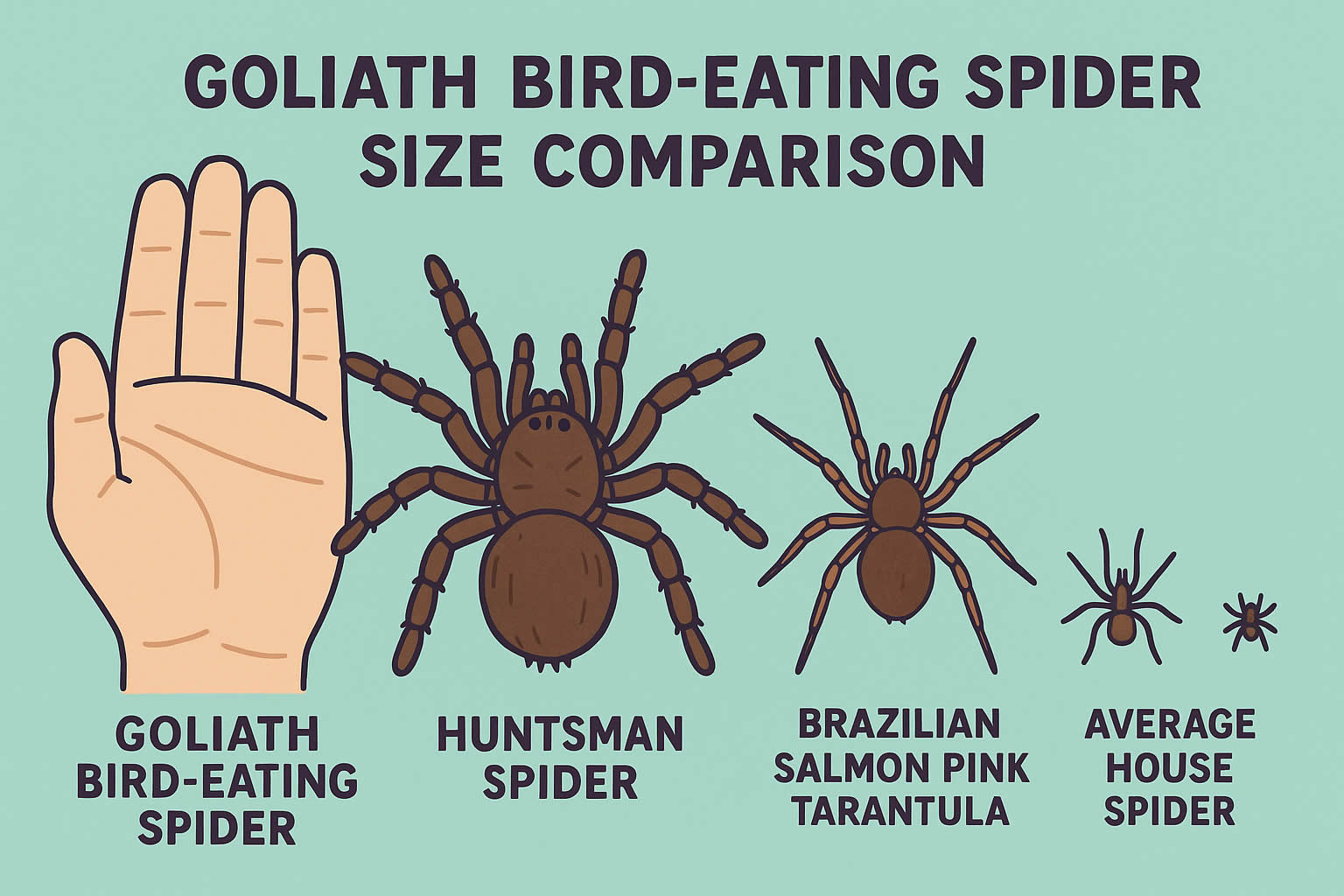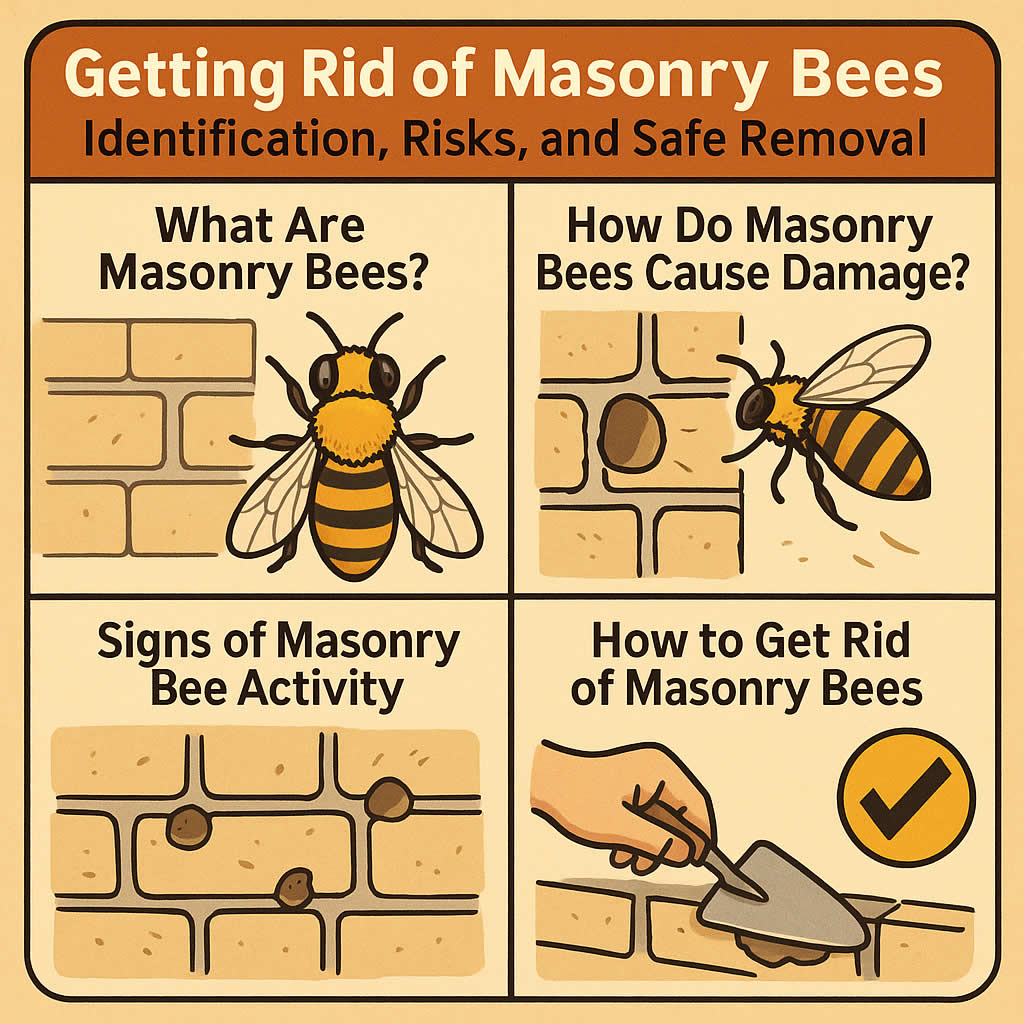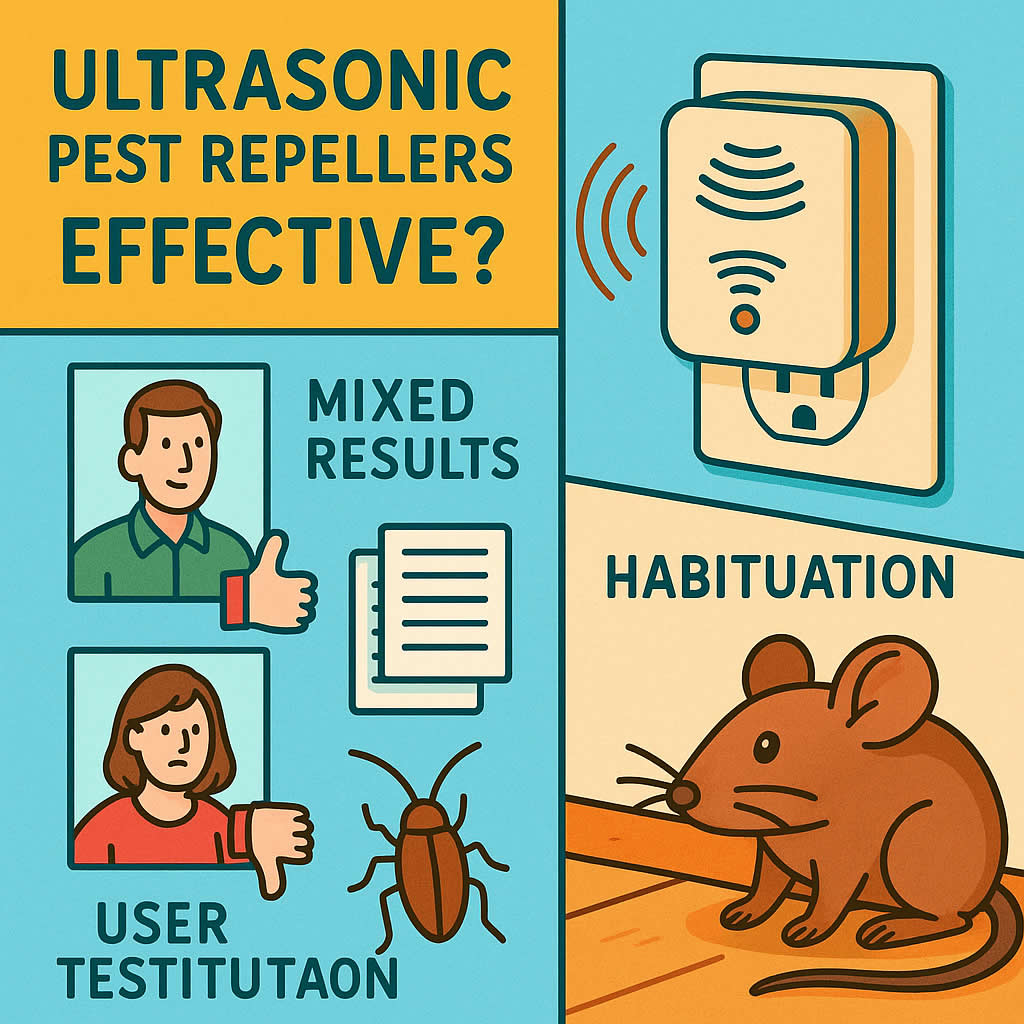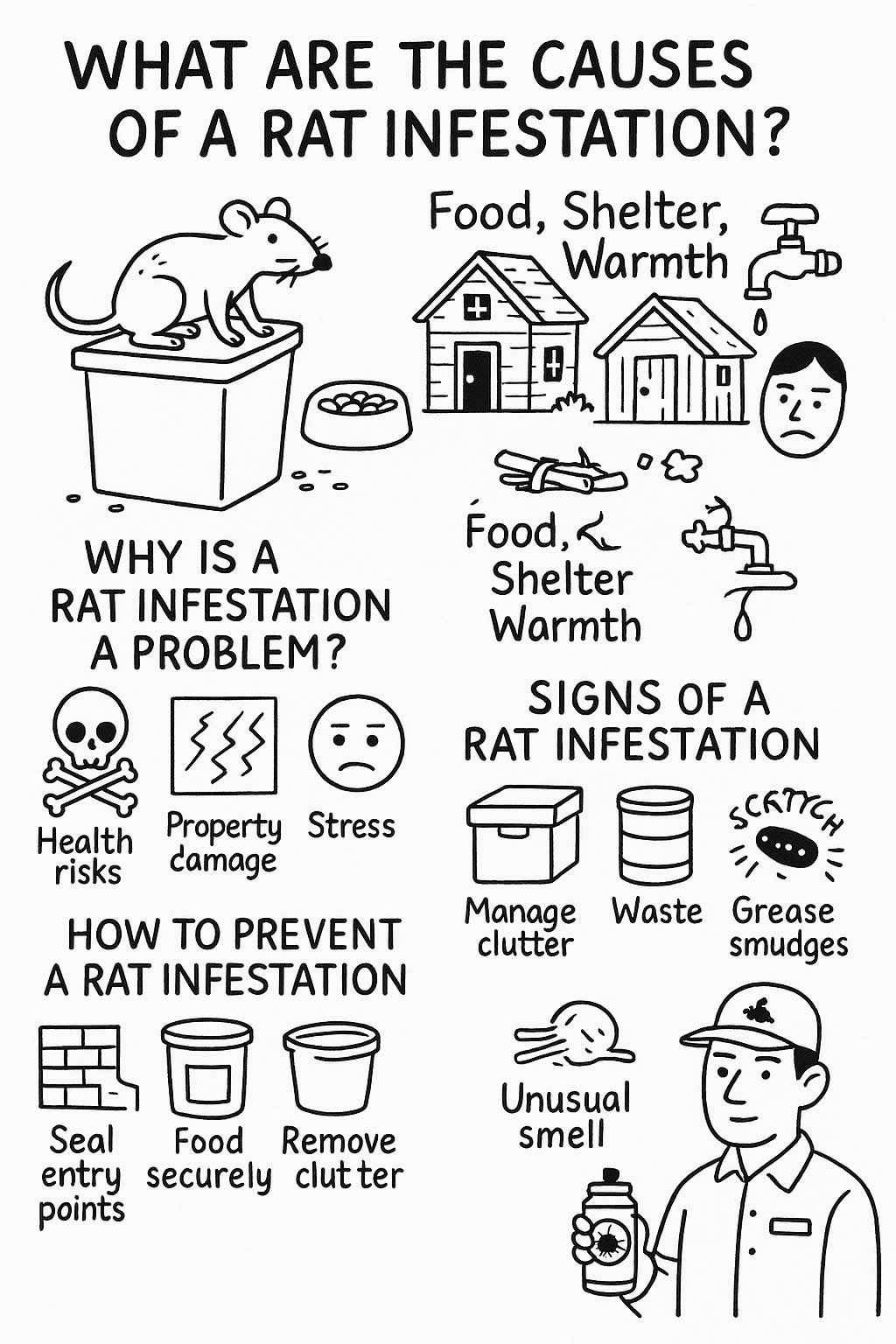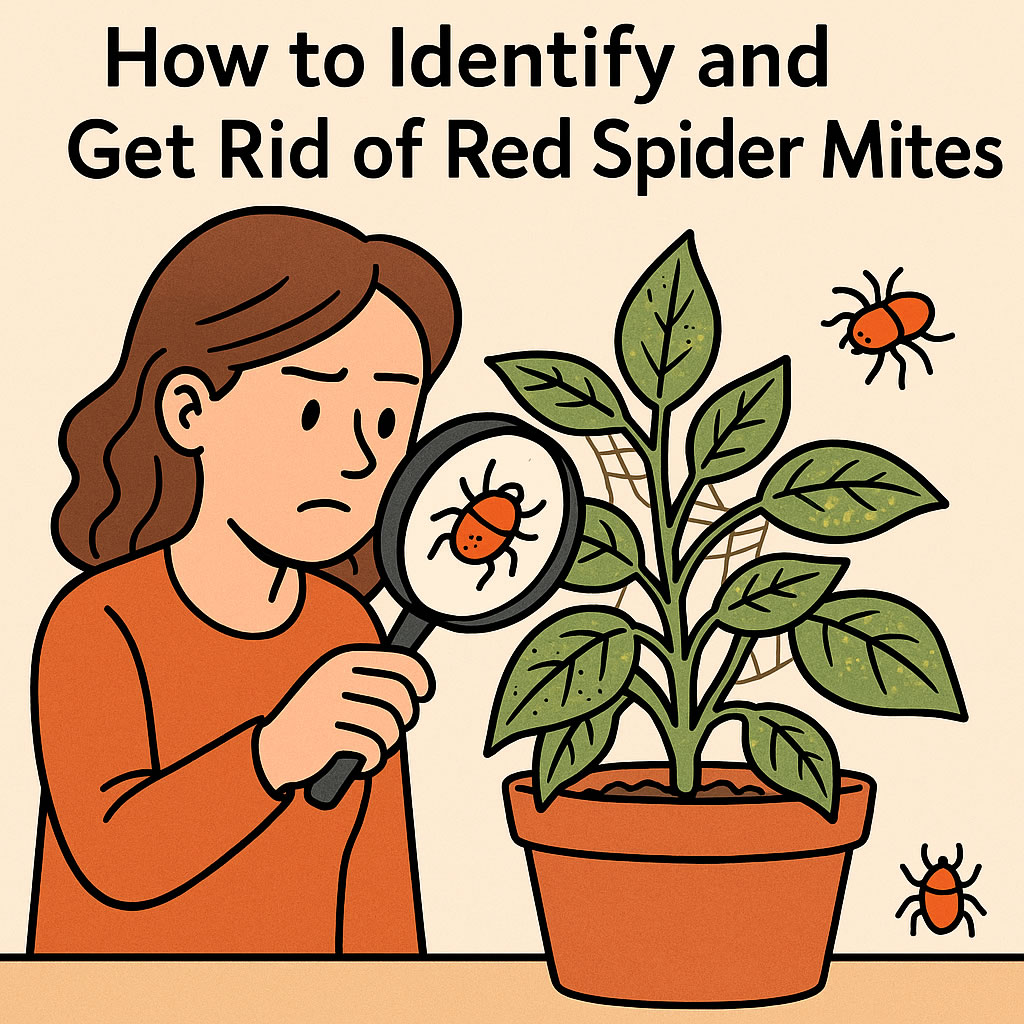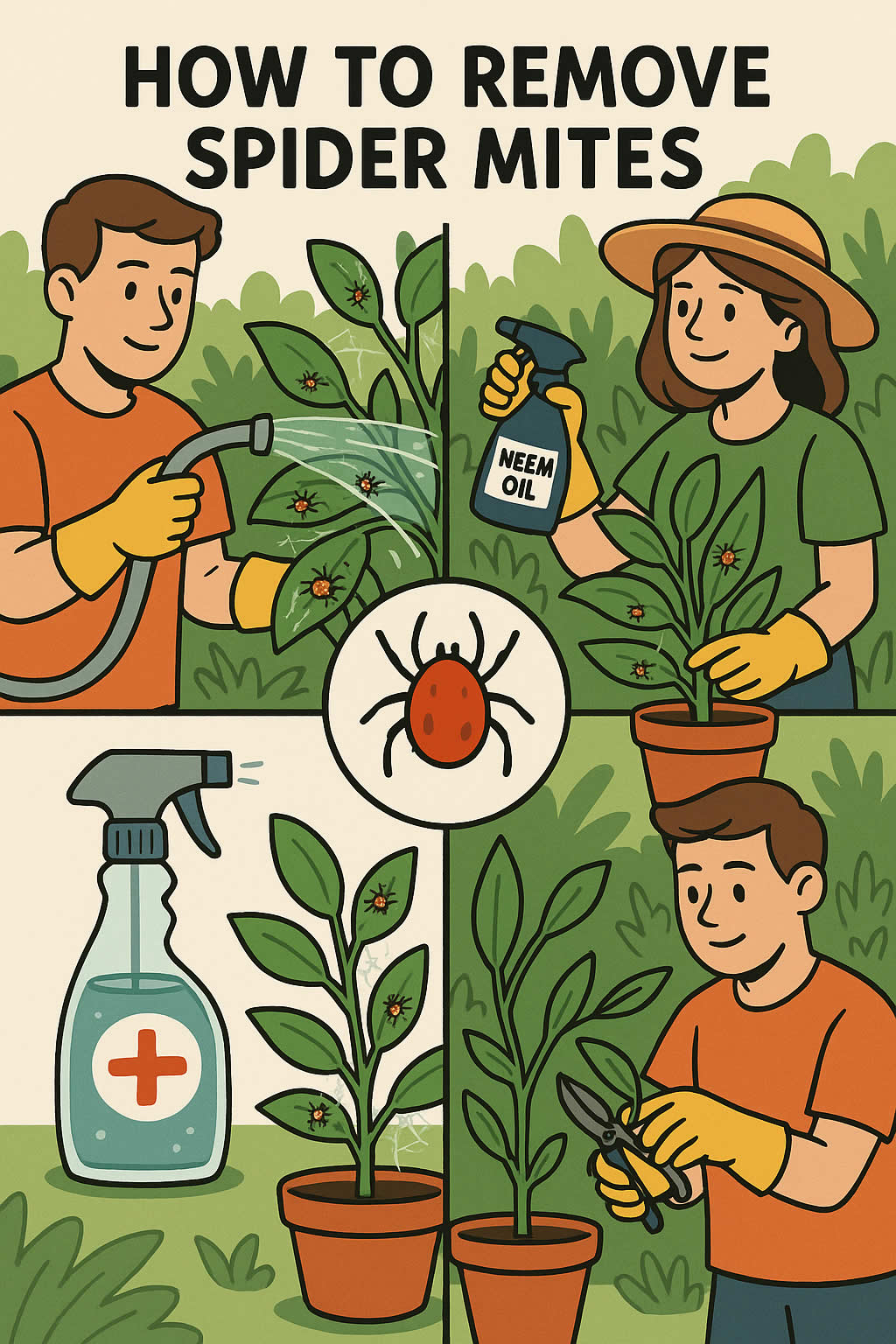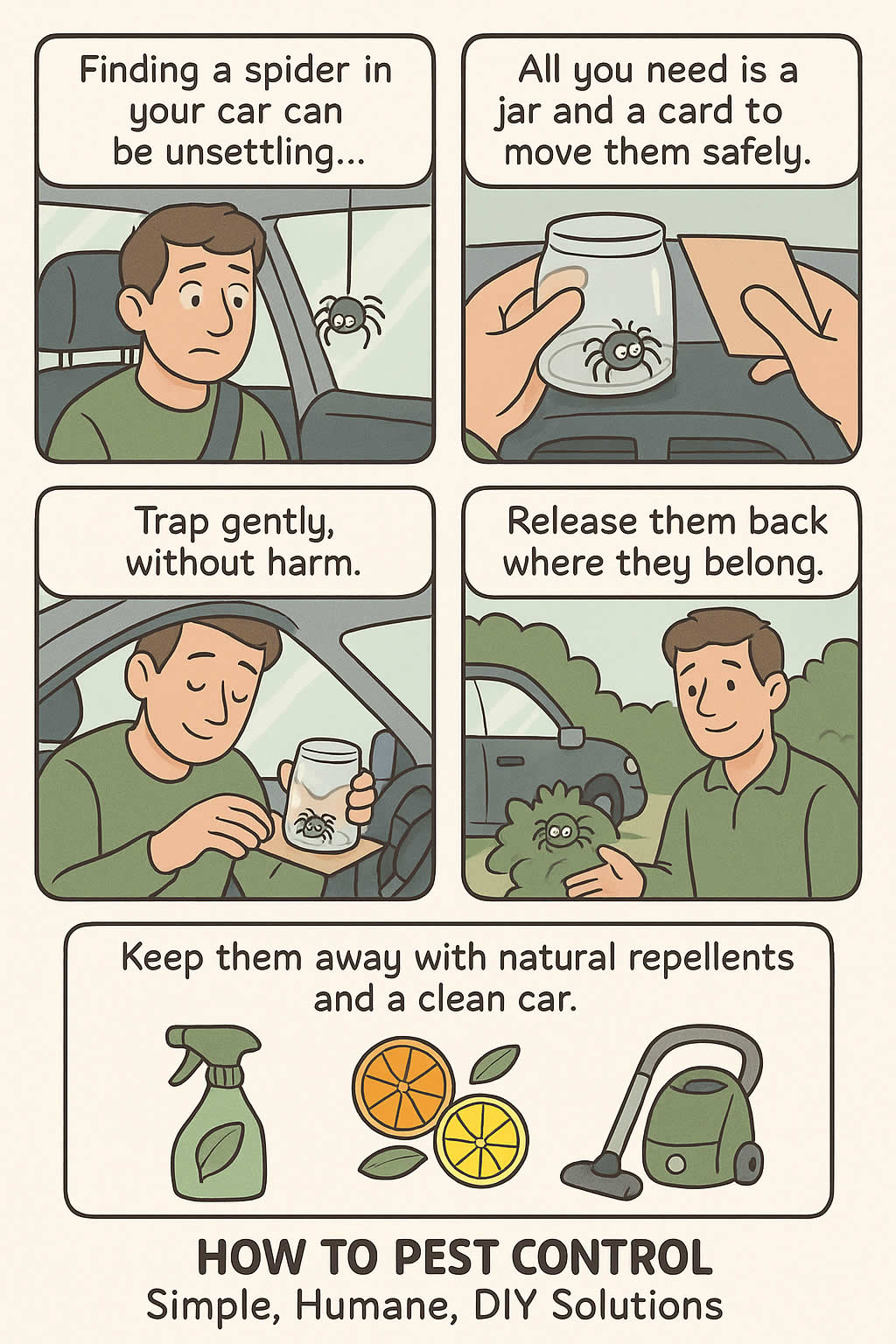Related Queries
ToggleGetting rid of squirrels quickly can save you thousands of pounds in damage. These agile creatures can wreak havoc on your home within days of invasion.
The damage from squirrels runs deeper than most people realise. These rodents, along with their cousins, cause millions in property damage each year throughout the United Kingdom. Your walls and attic become their playground, and they chew through everything – from insulation and wood to electrical wires. This creates significant safety risks for your home.
Strange scratching sounds or small cylindrical droppings around your house might signal unwanted guests. Removing these nimble creatures from walls and attics poses unique challenges. They sprint at speeds up to 20 miles per hour, squeeze through tiny 1½-inch openings, and expertly move through wall voids.
This piece offers proven DIY methods that help you spot, remove, and stop squirrels from settling in your walls. We provide practical, humane solutions that work for single intruders or entire families nesting during breeding season.
How to Know If Squirrels Are in Your Walls
You need to spot squirrels in your walls before you can solve your wildlife problem. These critters leave behind specific signs that help confirm they’ve moved in.
Common sounds and signs to watch for
The first thing you’ll notice when squirrels get into your walls is the unique sounds they make. Here’s what to listen for:
- Scurrying and scratching noises – You’ll hear frantic running sounds and loud scratching as squirrels move through wall cavities.
- Gnawing sounds – They need to chew constantly, which creates distinct gnawing noises.
- Chirping and chattering – These animals communicate through chirps, whistles, barks, and squeaks.
Squirrels stick to regular patterns in their daily routine. Unlike night-active pests, we spotted them mostly during daylight hours, especially early mornings and evenings. They’re most active about four to five hours before dawn, particularly in winter. A quick knock on the wall will make squirrels run away, while mice or rats tend to freeze in place.
Look out for these physical signs too:
- Unpleasant odors – Strong smells of urine and feces spread through walls.
- Visual evidence – The droppings look like jellybeans or raisins up to 8mm long with oval ends.
- Entry damage – Look for chewed holes around vents, roof lines, or utility entry points.
- “Water damage” – Those water-like stains on walls or ceilings might be squirrel urine seepage.
- Nesting materials – Insulation, leaves, twigs, or bark pieces show they’re building nests.
How to tell squirrels apart from other pests
The core team needs to pay attention to specific details to spot the difference between squirrels and other wall-dwelling pests. The timing gives you a big clue. Rats and mice come out at night, but squirrels follow our schedule – they’re up during the day and sleep at night. So if you hear noises during daylight, especially at dawn and dusk, squirrels are probably your uninvited guests.
The type of sound helps identify what’s in there. Squirrels make louder, more frantic movements than smaller rodents like mice. They also make unique high-pitched squeaking noises. Mice create lighter scratching sounds, and rats make heavier, louder noises than mice but still different from squirrels’ chaotic movements.
You can tell a lot from their droppings. Squirrel droppings look like rat droppings but appear slightly smaller with more oval-shaped ends. Be careful when you check any wildlife droppings – they might carry dangerous diseases like leptospirosis and salmonellosis.
Signs around your property point to squirrels too. The same squirrels showing up in your yard repeatedly, especially near your roof or on high fences, might be the ones living in your walls. It also helps to check for damage to bird feeders, stripped tree bark, or chewed exterior vents.
Once you know it’s squirrels in your walls, you can pick the right removal strategies to get them out and keep them from coming back.
Why Squirrels Choose Wall Cavities
You need to know why squirrels get into your walls to get rid of them properly. These clever creatures don’t pick your home by chance. Your property’s wall cavities give them exactly what they need to survive.
Warmth and safety from predators
Life isn’t easy for squirrels in the wild, even with their agility. Your wall cavities give them two things they desperately need: a safe place to hide and comfort.
Your home gives these animals unmatched protection. Wall spaces become perfect hideouts that keep them safe from hawks, owls, and neighborhood cats. Unlike tree branches or hollow trunks, your walls are like a fortress where predators can’t reach them.
Temperature control is another reason squirrels head indoors. They don’t hibernate but slow down by a lot during winter. Your insulated wall cavity stays warm – it’s like a cosy hotel compared to the freezing outdoors. When it gets really cold, squirrels might stay in these warm dens for days and only come out briefly at noon when it’s warmest.
Wall cavities serve many purposes in a squirrel’s daily life:
- Year-round shelter from rain, wind, and temperature extremes
- Safe birthing locations for raising young squirrels (typically once or twice annually)
- Secure food storage areas where they can cache supplies
- Dark, quiet retreats that minimise stress and exposure
Gray squirrels slow down in winter but don’t fully hibernate. Finding a warm, insulated wall space is vital to survive the cold months. Your walls give them everything – protection, warmth, and security – without the dangers they face in nature.
How they climb and navigate walls
Squirrels have amazing physical abilities that let them get into your home’s wall cavities easily. These animals can climb up and down vertical surfaces head-first, which helps them find weak spots in your home’s structure.
These agile rodents have strong paws and razor-sharp claws that help them climb almost any rough surface. They can scale brick, stucco, aluminum siding, and concrete. Most often, they use nearby trees or wires to reach the roof before breaking in. Squirrels can bite with about 7,500 pounds of force per square inch, which lets them chew through many materials like:
- Wood (fascia boards, soffits)
- Plastic and soft metals
- Vinyl and mesh
- Shingles and roofing materials
A three-inch gap is all a squirrel needs to break into your home. Once they spot a way in, their strength and determination make them tough to stop. Common entry points include:
- Uncapped chimneys
- Attic vents and roof holes
- Gaps under eaves
- Developing holes in exterior walls
After getting into your attic or roof space, squirrels explore until they find ways into wall cavities. Wall spaces are dark, narrow, and safe from bigger threats, making them perfect highways for squirrels to move around unseen.
Squirrels that are 6-months old inside walls build nests using materials from outside or your insulation. These nests become their home base for sleeping, raising babies, and storing food. Learning how squirrels get into and use wall spaces is key to removing them successfully.
DIY Methods to Get Rid of Squirrels in Walls
You need to act once you spot squirrels living in your walls. These proven DIY methods will help you take back your home safely and naturally.
Use of one-way exclusion doors
One-way exclusion doors are the most humane and quickest way to get squirrels out of your walls. These smart devices let squirrels exit but stop them from coming back.
The concept is simple—the door has a flap that opens outward when a squirrel pushes to leave but stays sealed from the outside. Here’s what you need to do:
- Identify all entry points squirrels use to access your walls
- Seal all secondary holes completely
- Install the one-way door on the main entry/exit point
Start by getting a full picture of your home’s damaged vents, foundation cracks, or holes in exterior walls. Watch the door for several days after installation to make sure all squirrels have left.
Important note: One-way doors work best on brick or solid structures. Squirrels might just chew new holes nearby on wooden homes. Also, never use exclusion doors during squirrel maternity season (typically February-March and June-July) because you might separate mothers from babies.
Setting live traps near entry points
Live trapping is another great option, especially when exclusion doors aren’t the right choice. Here’s how to get the best results:
- Place traps directly at or near entry points
- Put traps against walls or in corners instead of open areas
- Use peanut butter on the trigger pan and whole peanuts as bait
- Look at traps at least once every day
Repeater” traps with one-way doors can catch up to six squirrels at once. Mount these right over entry holes after you seal all other exits.
Take captured squirrels to wooded areas away from your property. But check your local rules first – some areas don’t allow releasing captured squirrels.
Using sound, light, and scent deterrents
Environmental deterrents can convince stubborn squirrels to move out on their own:
- Light – Put bright lights in wall cavities and keep them on all the time
- Sound – Use ultrasonic repellent devices that make sounds squirrels hate
- Scents – Put ammonia-soaked rags near nesting areas
Natural scents that keep squirrels away include:
- Peppermint oil (applied to cotton balls)
- Predator urine (available at hunting stores)
- White vinegar (sprayed around entry points)
- Garlic (crushed and spread near active areas)
These deterrents are a great way to get results when used with other methods rather than alone.
Lowering a rope for trapped squirrels
Sometimes squirrels get stuck in walls after falling into spaces they can’t climb out of. Frantic scratching at the bottom of a wall might mean a trapped squirrel.
A thick rope (at least ¾ inch diameter) lowered from the attic through the wall cavity can give them an escape route. The rope gives squirrels something to grip so they can climb back up and out.
This method works best in smooth-walled spaces where squirrels don’t have climbing surfaces, but you’ll need attic access. On top of that, you’ll have to remove the squirrel from the attic once it climbs up.
Note that handling wildlife comes with health risks, including exposure to diseases like leptospirosis or salmonellosis. Always wear protective gloves if you need to handle them directly.
What to Do If There Are Baby Squirrels
Baby squirrels in your walls need a different approach compared to handling adult ones. These babies depend on their mothers, and separating them can harm both the wildlife and your home.
How to check for a nest
Baby squirrels make unique sounds that you won’t hear from adults. Pay attention to:
- High-pitched chirping or squeaking noises
- Soft, persistent scratching in specific spots
- More activity during regular feeding times
You can spot a nest without disturbing it by watching the area during daylight when mother squirrels go out to find food. Most nests have pink insulation or other soft materials the mother has collected. More squirrels on your roof and in your yard might mean babies are close by.
Safely removing and relocating babies
Baby squirrels need careful handling. They may be small but can bite hard. Use thick gloves – welder’s gloves do the job well.
Start by catching the mother squirrel using the methods we covered earlier. The babies come next. You might need to cut a small hole to reach babies stuck in walls. Keep the babies warm after removal – it helps them survive. A sealed ziplock bag with warm water provides good heat while you wait to reunite them with their mother.
Wildlife rehabilitators who know squirrel care can help you best. These experts know how to handle young squirrels and can reunite them with their mother or take care of them properly.
When to wait and when to act
The right timing makes all the difference with baby squirrels. Let them stay until they’re old enough to leave – about 10-12 weeks. You’ll know they’re ready when you see young squirrels looking for food outside for 2-3 weeks straight.
Gray squirrel babies stay with their mothers for 6-8 weeks before they start exploring. By 12 weeks, most young squirrels leave to find their own space.
Act right away if:
- You’ve already separated babies from their mother
- The nest creates immediate safety risks
- Babies look hurt or stressed
Patience usually brings the best results. Taking babies away too soon can leave them orphaned, and you might end up with dead animals in your walls if mothers can’t get to them. Letting the squirrel family move out naturally works best for everyone.
Sealing Entry Points and Preventing Reentry
The last step to get rid of squirrels from walls involves prevention. After these unwanted guests leave, we need to focus on keeping them away by sealing entry points and blocking access routes.
How to find and seal holes
My home’s exterior needs a complete inspection to spot every possible entry point. Let’s get into:
- Roof areas – Check under eaves, along soffits, and where the roof meets dormers
- Vents and chimneys – Inspect attic vents, plumbing vents, and uncapped chimneys
- Foundation – Look for cracks or gaps, especially where utilities enter
- Siding and corners – Check for damaged areas squirrels might exploit
These clever creatures only need holes about 1.5 inches wide (the size of a golf ball) to squeeze through. A simple trick to spot active entry points involves placing newspaper in suspected holes and checking if it moves later.
Best materials to use for sealing
Squirrels are incredibly strong and persistent, so choosing the right materials really matters. Here’s what works best:
- Steel mesh or hardware cloth – Tightly wedged and secured over openings
- Metal flashing or aluminum – For covering larger gaps along rooflines
- Metal plates – Secured firmly over gnawed areas
Plastic or thin wood won’t cut it – squirrels chew right through them. Metal caps work great for vents and chimneys. The sealant needs to be airtight since squirrels can detect even tiny airflows that indicate potential entries.
Trimming trees and removing access routes
Managing the surrounding habitat helps prevent squirrels from coming back. We focused on:
- Keeping tree branches at least 6-8 feet away from the roof
- Taking down dense ivy from exterior walls
- Removing vegetation that creates “bridges” to the house
- Adding smooth metal sleeves on nearby trees (0.75m deep with bottom edge 1.5m from ground)
Smooth metal sleeves on trees near the house offer extra protection. The metal surface stops squirrels from getting a foothold while trying to climb.
A full picture of prevention means dealing with all possible entry points. Regular checks of these sealed areas help keep the house squirrel-free down the road.
Our Final Say!
Quick action and the right approach will help you deal with squirrels in your walls. This piece shows you proven ways to spot these persistent creatures, get them out, and stop them from damaging your home.
The first step to getting rid of squirrels starts with spotting them correctly. You’ll hear scratching sounds during the day, and you’ll see entry points around your house – clear signs that point to squirrels rather than other pests.
One-way exclusion doors are without doubt the most humane way to remove adult squirrels, while baby squirrels just need extra care and often professional help. Live trapping becomes a good backup plan when exclusion doesn’t work. Just make sure to check your local rules before moving any captured wildlife.
Your next big task after removing squirrels is to keep them away for good. Metal materials should seal all possible entry points, and trimmed trees will stop natural bridges to your house. These steps build a detailed defense against determined squirrels.
Ignoring squirrels in your walls can cost you thousands in structural and electrical damage. Taking action as soon as you notice their signs will save you money and headache later.
Patience is a vital part of getting rid of squirrels. You might need several tries before succeeding completely. All the same, if you stick with these techniques, you’ll get your walls back from these unwanted guests and enjoy a squirrel-free home again.
Pest Control Oxfordshire – Pest Control Holywell – Pest Control Wootton Green
